JOHN N. THOMPSON is the Distinguished Professor of Ecology and Evolutionary Biology at the University of California, Santa Cruz. Among his previous books are The Coevolutionary Process and The Geographic Mosaic of Coevolution, both published by the University of Chicago Press.
The University of Chicago Press, Chicago 60637
The University of Chicago Press, Ltd., London
2013 by The University of Chicago
All rights reserved. Published 2013.
Printed in the United States of America
22 21 20 19 18 17 16 15 14 13 1 2 3 4 5
ISBN-13: 978-0-226-01861-4 (cloth)
ISBN-13: 978-0-226-01875-1 (paper)
ISBN-13: 978-0-226-01889-8 (e-book)
Library of Congress Cataloging-in-Publication Data
Thompson, John N.
Relentless evolution / John N. Thompson.
pages ; cm
Includes bibliographical references and index.
ISBN 978-0-226-01861-4 (cloth : alkaline paper)ISBN 978-0-226-01889-8 (e-book) 1. Evolution (Biology) 2. Coevolution. 3. Adaptation (Biology). I. Title.
QH366.2.T54 2013
576.8dc23
2012034475
 This paper meets the requirements of ANSI/NISO Z39.481992 (Permanence of Paper).
This paper meets the requirements of ANSI/NISO Z39.481992 (Permanence of Paper).
R elentless Evolution
JOHN N. THOMPSON
THE UNIVERSITY OF CHICAGO PRESS
Chicago and London
Contents
Preface
We now know that species are always evolving. Natural selection constantly adjusts the traits of populations generation after generation. In this book I explore what we have learned about why evolution is so relentless. Amid the flood of exquisite new results, I wanted to step back and ask what we now know, and still need to know, about the processes that drive adaptive evolution and shape the entangled web of life. I especially wanted to consider, from multiple perspectives, what we have learned from some of the best-studied examples of adaptive evolution in species and their interactions with each other. My hope is that these chapters show we have made great progress in recent years in our understanding of why evolution is unrelenting.
The book begins with what we know about the pace of adaptation and the intensity of natural selection ().
While I was writing this book, I sometimes felt as if I were racing against evolution itself in synthesizing the results of recent studies. Nothing captured that feeling more than an exchange I had one day with Peter and Rosemary Grant. I had written to them to ask if I could use in this book a modified version of a graph they had published a few years earlier. The graph showed evolution of beak size in one of Darwins finches over more than thirty years. They wrote back to say that using the graph was fine with them, but had I seen their recently published updated graph showing evidence, from the past several years, that the birds had undergone another evolutionary shift?
This book continues an arc of argument about evolution of the web of life that I have been probing over the past four decades, with parts of the work summarized in three earlier books. In Interaction and Coevolution (Thompson 1982), I considered how natural selection acts on different forms of interaction among speciesparasitism, predation, grazing, competition, and various forms of mutualism. In The Coevolutionary Process (Thompson 1994), I suggested how specialization, the local adaptation of populations, and environmentally varying selection on interacting species continually reshapes coevolution among species. I also discussed how the rift between ecology and evolutionary biology held back for decades our general understanding of the evolutionary process. Then, in The Geographic Mosaic of Coevolution (Thompson 2005), I broadened the discussion and considered how geographic variation in species shapes their interactions and the co-evolutionary process. This book extends the discussion by considering how selection imposed by physical and biotic environments together drive continuing evolution in populations.
With so much research on evolution and coevolution being published each year, it is impossible to synthesize the entire history of past work. Therefore, this book draws primarily on research published since 2005, when The Geographic Mosaic of Coevolution was published. Even so, these chapters capture only some of the great breadth and depth of new research on adaptive evolutionary change.
...
I am grateful to the many colleagues and students who have shared their results and views on evolution, read chapters or parts of chapters, sent figures or photos, or provided insights during discussions at various stages of work on this book. I particularly thank the following colleagues: Cerisse Allen, Bruce Anderson, Jordi Bascompte, Robert Beardmore, Craig Benkman, May Berenbaum, Michael Boots, Seth Bordenstein, Paul Brakefield, Edmund Brodie, Jr., Edmund Brodie III, Michael Brockhurst, Judie Bronstein, Jeremy Burdon, Brendan Bohannan, Angus Buckling, Lynda Delph, Marcel Dicke, Rodolfo Dirzo, Camila Donatti, Paul Ehrlich, Johan Ehrln, Niles Eldredge, Samantha Forde, Magne Friberg, Douglas Futuyma, Sergey Gavrilets, George Gilchrist, Charles Godfray, Richard Gomulkiewicz, Deborah Gordon, Peter Grant, Rosemary Grant, Ivana Gudelj, Paulo Guimares, Jr., Ilkka Hanski, Michael Hassell, David Hembry, Jason Hoeksema, Robert Holt, Laurence Hurst, David Jablonski, John Jaenike, Steven Johnson, Pedro Jordano, Atsushi Kawakita, Joel Kingsolver, Britt Koskella, Anna-Liisa Laine, Bruce Lieberman, Curtis Lively, Jonathan Losos, Richard Lenski, Cristina Lorenzi, Bruce Lyon, Marc Mangel, Robert Marquis, Mark McPeek, Rodrigo Medel, William Miller, Nancy Moran, David Nash, Scott Nuismer, Takayuki Ohgushi, Anton Pauw, Galen Pelzmann, Grant Pogson, Peter Price, Trevor Price, Elizabeth Pringle, Robert Raguso, Paul Rainey, Robert Ricklefs, Tomas Roslin, Victor Rico-Gray, Loren Rieseberg, Samuel Scheiner, Johanna Schmitt, Christopher Schwind, Dolph Schluter, J. Mark Scriber, Adam Siepielski, Christopher Smith, Douglas Soltis, Pamela Soltis, Ayco Tack, Jeremy Thomas, Peter Thrall, Hirokazu Toju, Philip Ward, Gerrit Velema, Christer Wiklund, and Arthur Zangerl.
I am especially grateful to Paul Ehrlich for a crucial conversation as I was beginning to formulate my ideas for this new book.
I thank the following colleagues who made helpful comments on multiple chapters of the book and, in some cases, on an entire draft of the book: Magne Friberg, Paulo Guimares, Jr., Pedro Jordano, Kristen Ruegg, Christopher Schwind, and Hirokazu Toju. Three anonymous reviewers for the University of Chicago Press made multiple insightful comments for which I am grateful, as did Kathryn Gohl. Her careful copyediting improved every chapter.
I am indebted to my editor, Christie Henry, who has helped support this book in many ways throughout its development, as she has done with the two previous books I have published with the University of Chicago Press. She and the others at the Press have made the process wonderfully enjoyable.
As with all my previous books, my wife Jill has made important suggestions on all the chapters and helped in multiple ways. I am deeply grateful for her assistance.
I am also indebted to the organizations that provided me with the time and settings to work for extended periods on the book. The National Science Foundation generously provided an OPUS (Opportunity for Promoting Understanding through Synthesis) award. The Whiteley Center at the Friday Harbor Laboratories of the University of Washington provided an idyllic setting for extended periods of writing. I am grateful to Arthur Whiteley for creating the center and to Kathleen Cowell for the many ways in which she helped to make day-to-day life at the center so productive. I am also grateful to the University of California, Santa Cruz, for providing, as it has for many years, a collegial environment in which to discuss nascent ideas with colleagues.
Next page
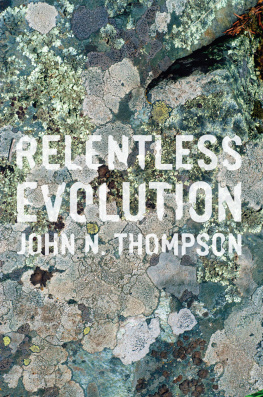
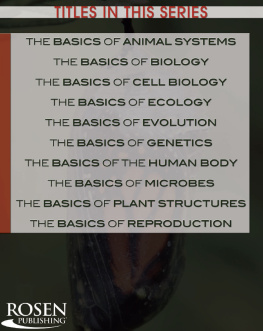
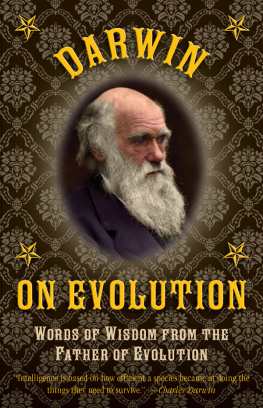

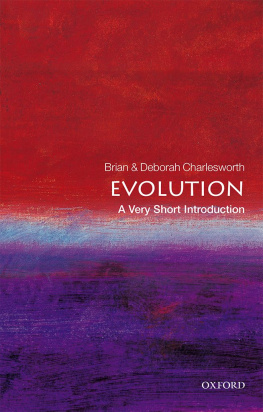
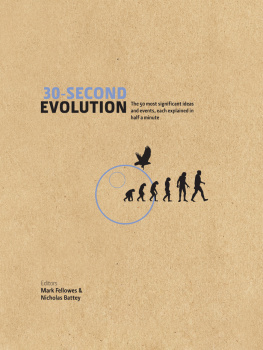

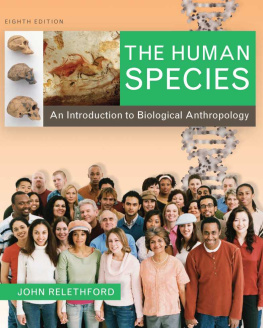

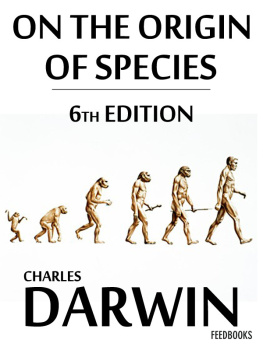
 This paper meets the requirements of ANSI/NISO Z39.481992 (Permanence of Paper).
This paper meets the requirements of ANSI/NISO Z39.481992 (Permanence of Paper).